Guide to choosing the best diamond alternative and colored gemstone engagement ring for you
by Molly Hollingsworth and Tracy Hayes
What are the best options for gemstones in my engagement ring?
Diamonds are, of course, super hard which is part of their appeal and while they aren’t indestructible they generally hold up well to daily life. For most people, their engagement ring and wedding ring are their most worn rings. So, if you’re not into diamonds, you still have tons of great choices for that kind of everyday wear. The gemstones that rank almost as high as diamonds on the Mohs hardness scale (a measure of a gemstone’s resistance to scratches) are going to be your best options for long term durability. Gemstones with a Mohs hardness of 8 and up such as sapphire, ruby, spinel, topaz and alexandrite will likely require less maintenance over time than softer gems, depending on the setting and your lifestyle.
What does my lifestyle have to do with my engagement ring?

Whatever you do with your hands, your rings are along for the ride and are exposed to wear and potential damage.
Avid gardener? Spend a lot of time in the gym? Clap enthusiastically? You do lots of things with your hands. Unless you take them off beforehand your rings are along for the ride and are exposed to wear and potential damage. The best advice is, of course, to take them off before going to the gym, gardening, cooking, etc. There are even super cool pendants that allow you to quickly hang your rings around your neck while you do those intensive kinds of activities. If you are the kind of person who always takes off their rings or just lives a super chill life, then practically any gemstone and setting style is going to work great for you. If you are a little harder on your rings (like most of us), then you’ll be a lot happier with a harder gem and a more protective setting style. We know that you love your local jeweler, but how much time do you want to spend having them repair your setting, repolish, recut or replace your gem - or having to be without your ring while it’s being worked on?
What setting styles are the best for protecting my gemstone? (and my investment)
The most protective setting styles are those that surround the gem with metal, such as bezel, partial bezel and flush. Because the metal covers more of the gemstone’s edges less of the gem is exposed to scrapes and knocks. They also require the least amount of maintenance over the life of your ring since it takes longer to wear away all that metal. Whatever setting you choose, there are ways to ensure the best lifespan from them. Take them to a jeweler near you once or twice a year for a cleaning and inspection. The jeweler can identify small issues before they become BIG issues.
For instance, one or more prongs can snag and get lifted. Your gem may or may not be loose at that point, but the fix is usually pretty quick and simple. If it goes unaddressed though, the prong(s) can lift more, break off and your gemstone can even fall out. Re-bending a prong is often a very small or no charge at all, while replacing a whole prong or your whole gemstone can get a lot more pricey. Keeping your engagement ring design low to the finger also helps to reduce the chances of damage.
Bottom line: The more active your lifestyle = the more protective type of setting you’ll need, the more often you should have your rings checked and the higher up the Mohs scale your gemstone should be.
What is the Mohs hardness scale and why should I care about it?
The Mohs scale is a way to compare the hardness (resistance to scratches and wear) of gemstones using a 1 - 10 scale. Diamonds at the top scoring a 10, with talc at the bottom at 1. For some perspective, window glass has a hardness of 5.5, a penny has a hardness of 3.5, your fingernail around 2.5 and a piece of chalk around a 1. Gemstones with an 8 or higher will be your best bets for the long haul. Some gems, even though they are relatively high on the scale like emeralds (coming in at about 7.5) have properties that make them more likely to break under normal wear. Emeralds often have cleavage planes and/or inclusions (material other than the emerald itself) that cause them to break or cleave off when struck at just the wrong angle. So when in doubt, ask your local jeweler. Just make sure they have gemologists on staff who are trained and knowledgeable about gems.
What makes sapphire a good engagement ring choice?
Sapphires come in practically every color and they hold up really well to scratches and hard knocks. This makes them an excellent choice for an engagement ring. Sapphire engagement rings can be almost any shape or color. The variety of color of sapphires is truly amazing. They can be pastel shades of blue, green, yellow, orange, pink, purple or deeply saturated darker versions of all those colors. They can be colorless or black, bi-color (2 colors in one gem) or change color in different types of light.

Corundum (sapphires and rubies) come in an amazing range of colors
Montana sapphires are a great feel-good choice for both beauty and sustainability. They are mined with strict environmental standards that include protecting the waterways and replanting. They also provide good paying jobs right here in the US. Read more about Montana sapphires on GIA’s website.

Teal Montana sapphire and diamond handmade custom engagement ring set in recycled 14K rose gold
Rubies (the same mineral, corundum, as sapphires) are another popular choice and their red color is associated with passion and romance.
What gemstones are best for engagement rings besides sapphires?
Other durable and beautiful gemstones include alexandrite, topaz, spinel. Alexandrite has cool color change properites, shifting from green to red depending on the type of lighting. Topaz comes in a range of colors from colorless to shades of blue, yellow, orange, peach and even more than one color in the same gem known as bi-color. Spinel is best known for its ruby red color that has historically been mistaken for rubies, but it also comes in a rainbow of other fab colors and is super sparkly.
What gems are not great for daily engagement ring wear?
Basically any gem with a Mohs hardness of 7 or less. They may be great for a ring you wear on occasion, but unless you are super careful and gentle you will likely end up with a cloudy looking gem (from scratches) or a broken gem if you try to wear them every day.
Morganite has a great color and sparkle and has become a popular gemstone for engagement rings. Even though its hardness is 7.5 - 8, it has proven to be easily damaged with daily wear. The great news is that beautiful peachy pink color and sparkle is available in other gems like sapphire and spinel. If you have your heart set on morganite, just know that you’ll have to be extra careful with it.
Although they are spectacular and beloved gemstones, opals are prone to breaking and very easy to scratch or abrade. Similarly pearls tend to hold up poorly to everyday ring wear. The outer layer (the nacre) can wear away quickly so all that’s left is the rather dull looking center (the nucleus). That being said, some people just replace pearls periodically when this happens.
The Takeaways:
- You have tons of amazing choices in every color
- Choose a gem and a setting that realistically fits your lifestyle for a long and happy ring wearing experience
- Have your jewelry checked regularly by your trusted local jeweler
Check with GIA’s awesome gemstone guide or you can talk to a gemologist about whether your favorite gem will work for your engagement ring.
about the authors:
Molly Hollingsworth is a professional goldsmith with a BFA and more than 27 years experience
Tracy Hayes is a Graduate Gemologist (GIA) and Certified Gemologist Appraiser (AGS)

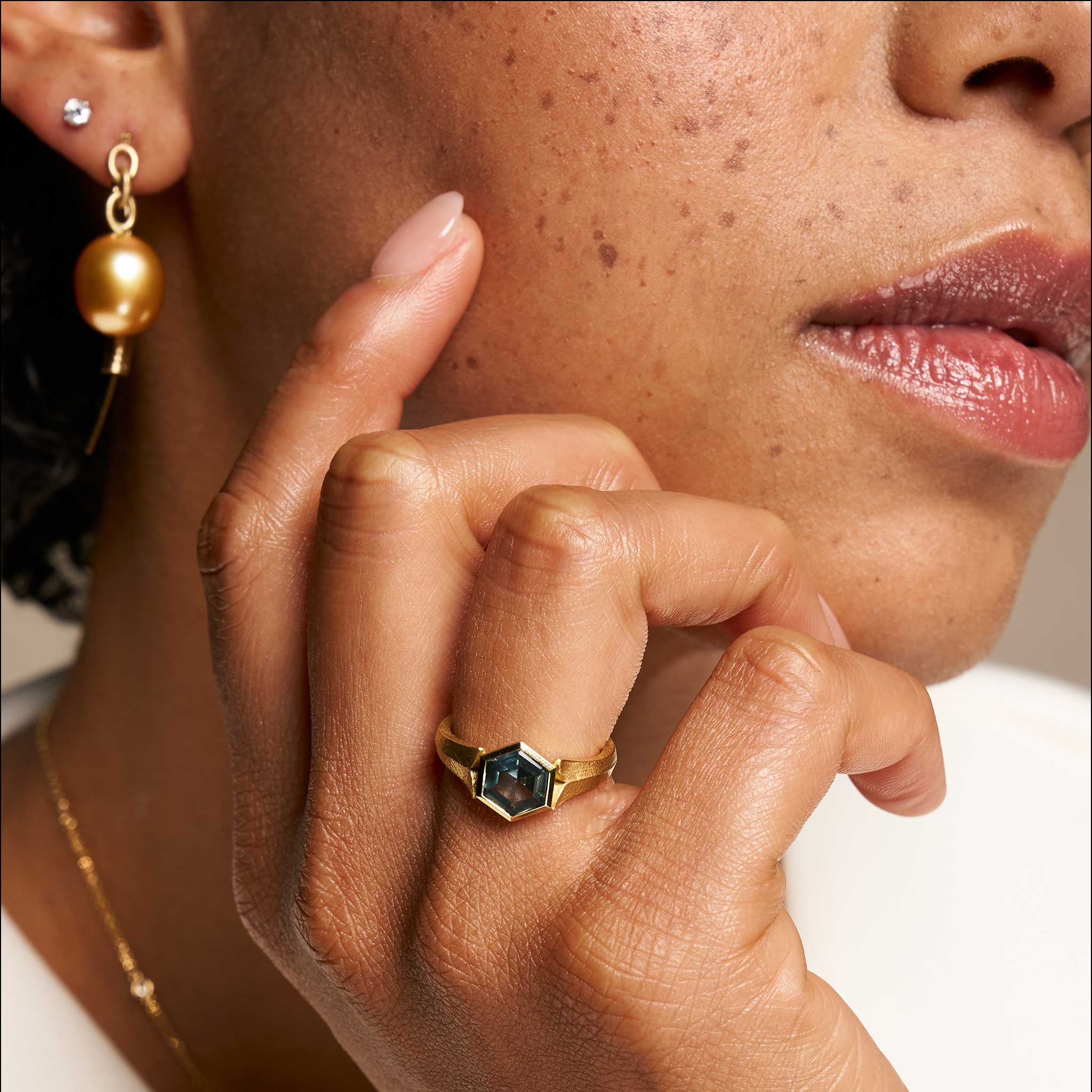
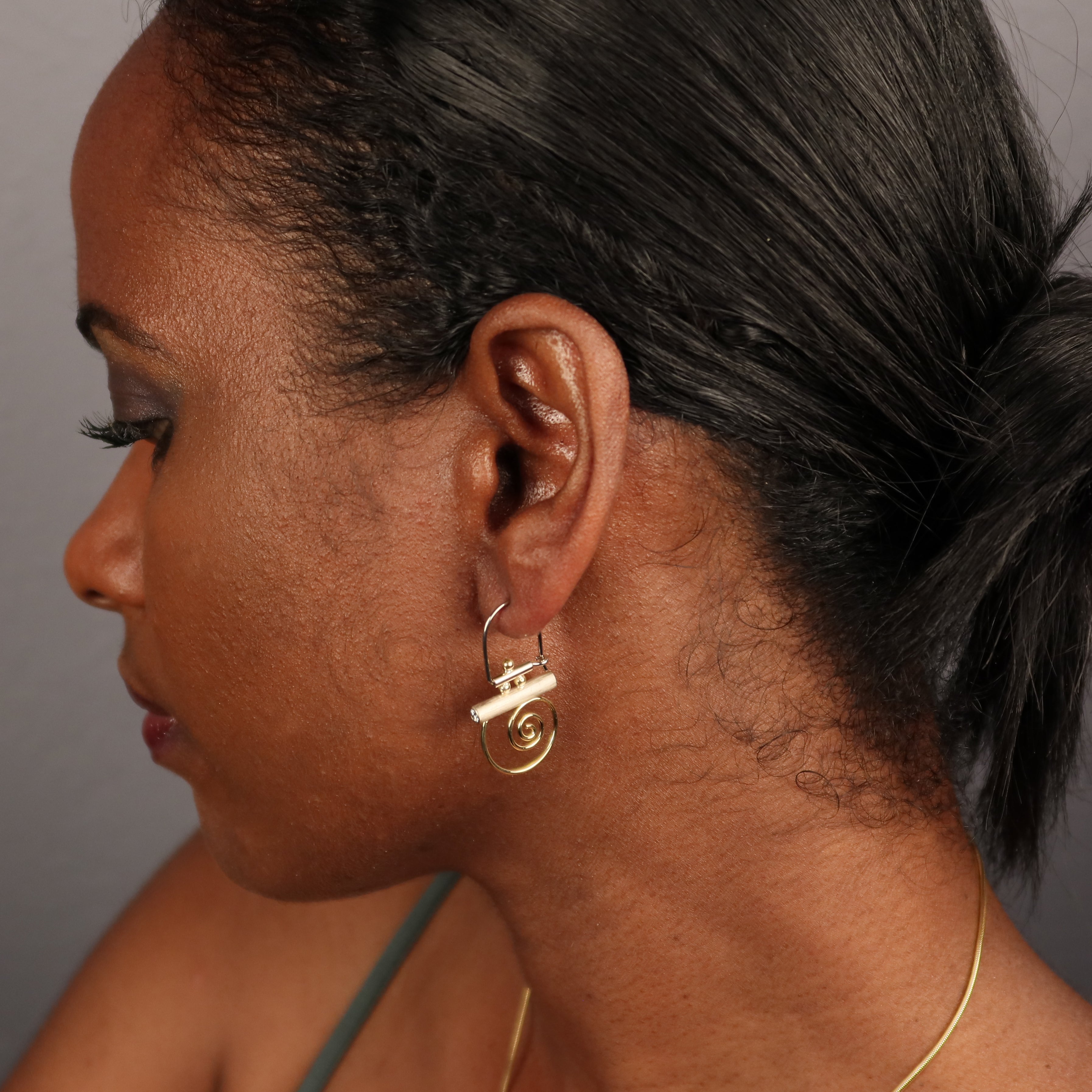
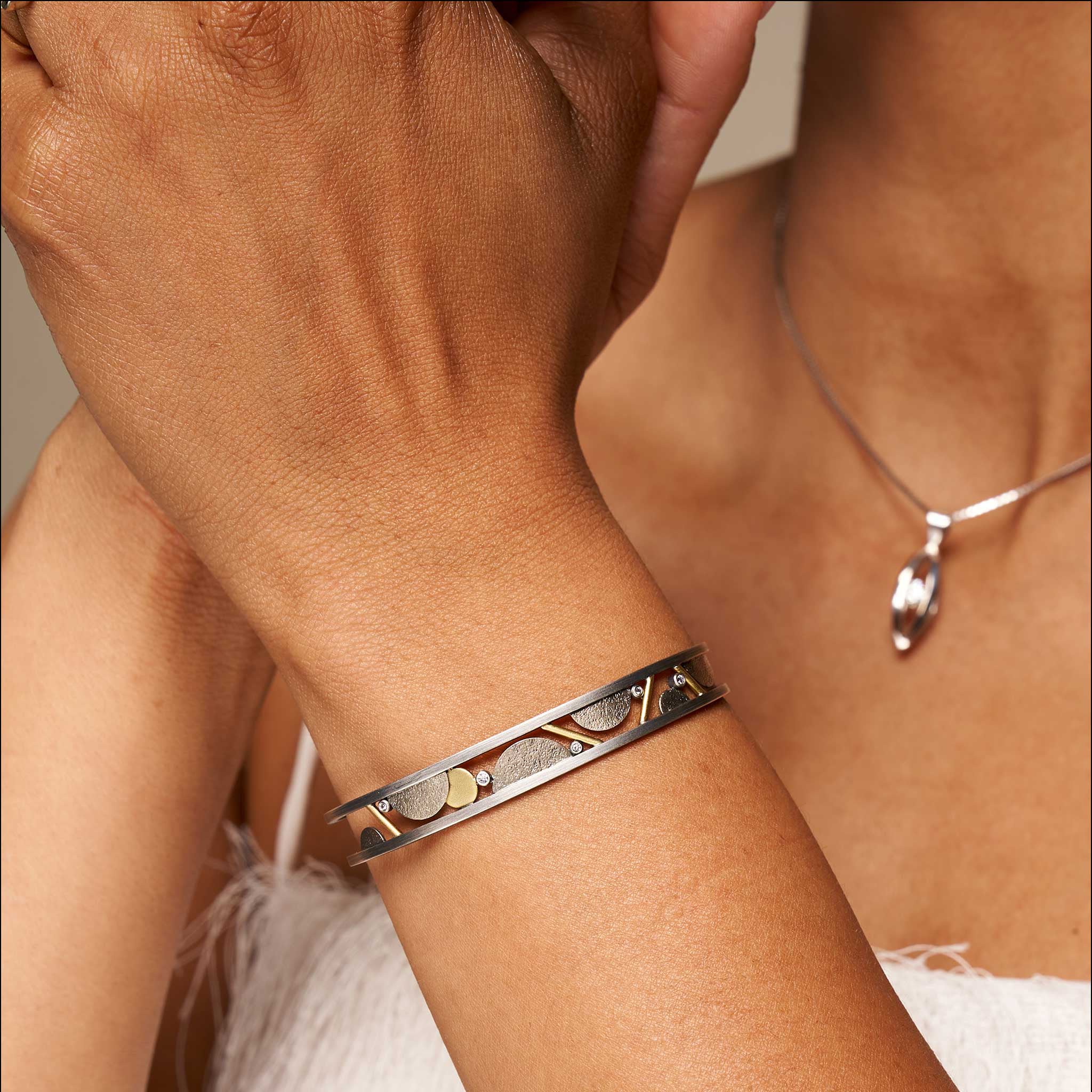

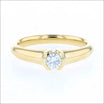
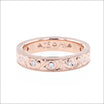
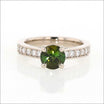
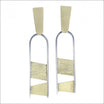

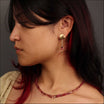
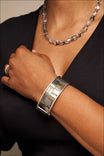
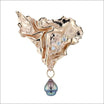
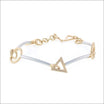
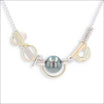
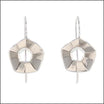
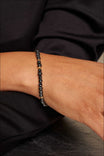
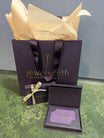
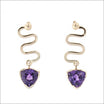
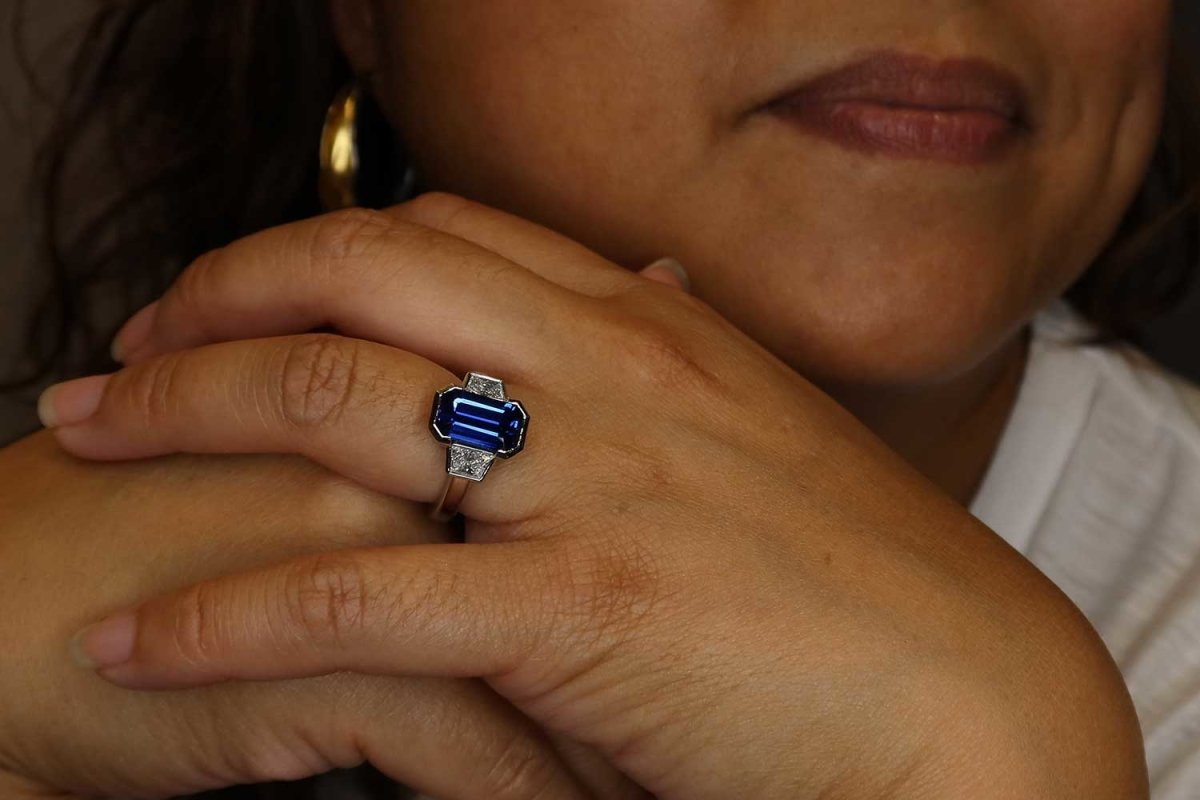

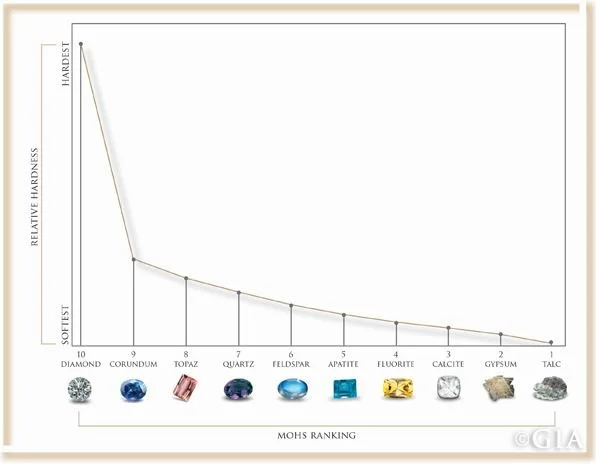

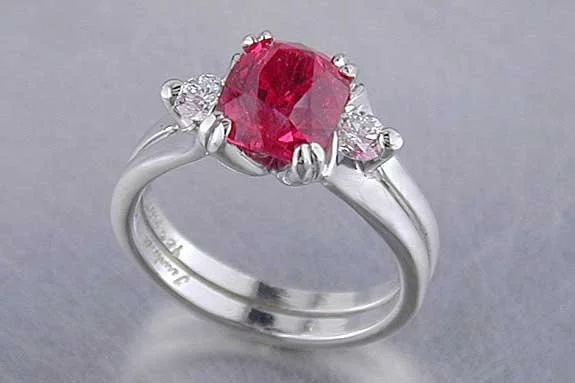


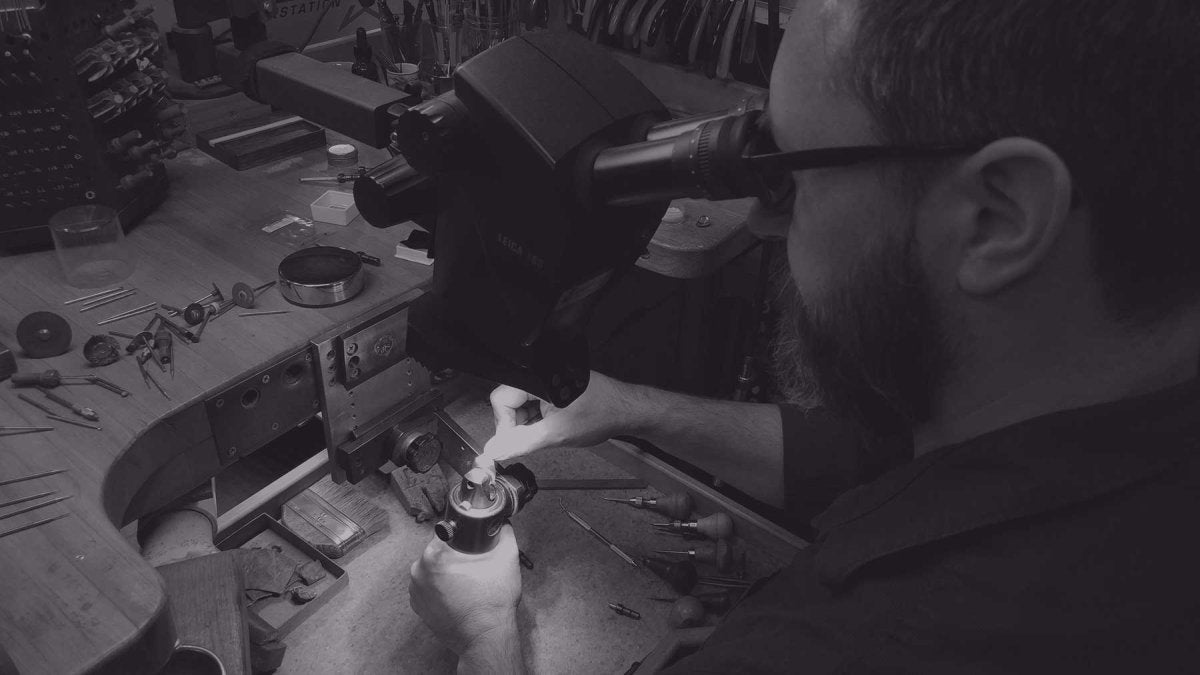




Leave a comment
All comments are moderated before being published.
This site is protected by hCaptcha and the hCaptcha Privacy Policy and Terms of Service apply.